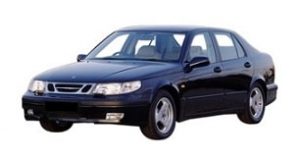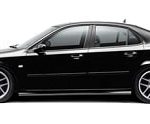Saab 9-5 Owner's Manual
You can find 14 different owner's manuals for the Saab 9-5 on this page that are in the PDF format.
Yearly 9-5 Owner's Manuals
The years available stretch from 1997 through to 2010 and to view the manual you just click the name underneath.

- Manufacturer: Saab
About The 9-5
An executive vehicle created by the Swedish company Saab, the 9-5 replaced the aging Saab 9000 in 1997 and had a fairly successful run up until 2012 when the manufacturer underwent bankruptcy despite numerous efforts to save it.
There was some confusion around the name given that the Saab 95 was a classic car from the 1950s and customers were urged to pronounce it ‘nine-five’ and not ninety-five.
Available as both a sedan and a station wagon, the vehicle held a lot of appeal to different people. For the wagon, Saab fitted a floor track to enable easy transportation of cargo and fitted a sliding load floor.
The 9-5 made history by being the first production vehicle to install ventilated seats and from 1997, the ‘active head restraints’ helped to prevent whiplash and neck or head injuries. For this addition, Saab picked up an award for tech & safety in a number of different countries. Other safety features Saab fitted were the ‘side crash protect,’ head safety cage and a torso airbag, benefits shared with a number of other Saab models.
As well as safety, Saab had worked heavily on internal comfort features by installing things like CD changers, satellite navigation systems, leather heated seats and a factory-installed phone system.
The 9-5 had Saab’s new ‘night panel’ which only illuminated the essential information at night, stopping the driver from becoming distracted unnecessarily. All these benefits resulted in a number of government divisions adopting it as their official vehicle.
In its native country Sweden, the 9-5 was used as the official police car as both a marked car and undercover (alongside the Volvo V70). Even some American states deployed the 9-5 to its force where it stayed for a while before being replaced by another Volvo, the XC90.






